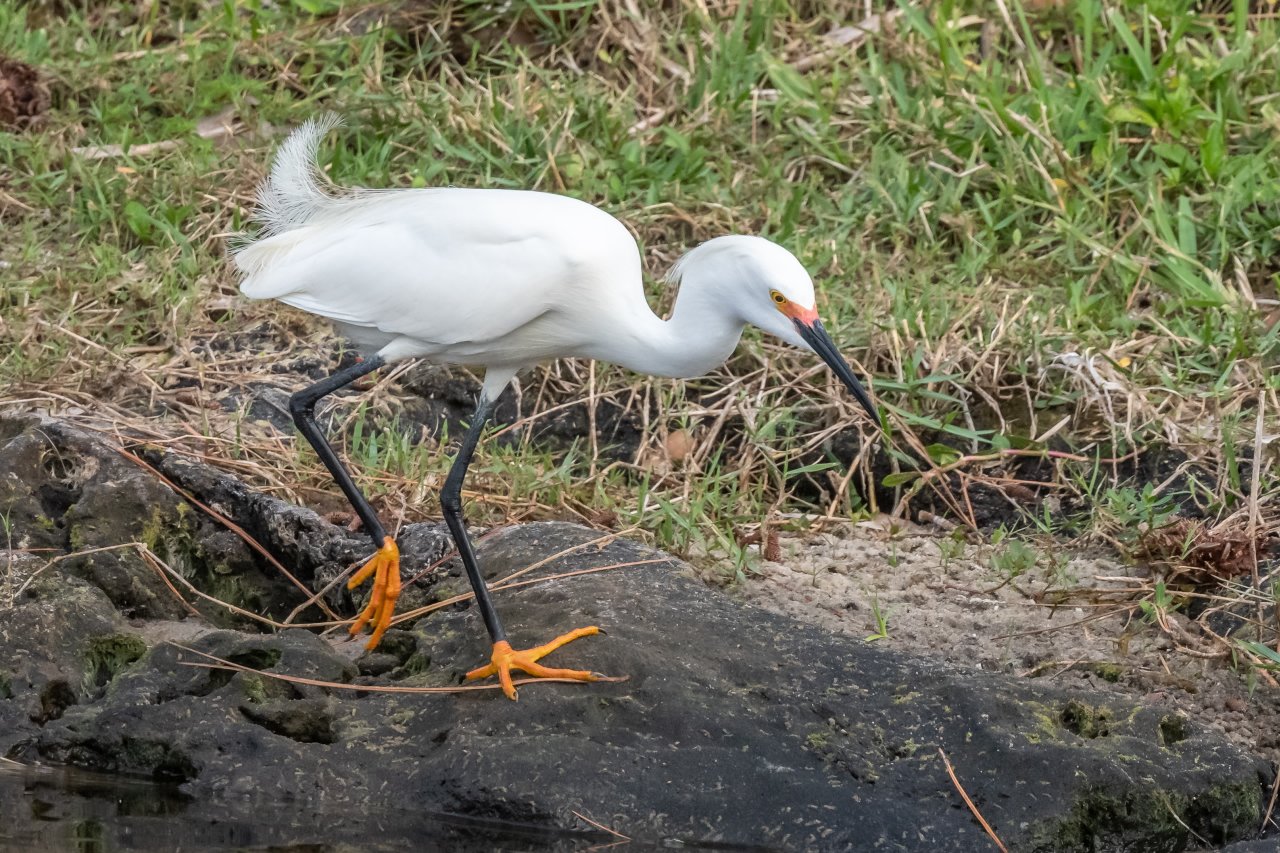Two very rare vagrant Large-billed Terns (top of page) arrived in Florida from their native South America in late May and remained into early June. As I write this column in late June one is still in Florida. The first one reported was at one of our favorite birding spots, the Stick Marsh, or more accurately, the T. M. Goodwin Waterfowl Management Area. It was found by one of Florida’s top birders, David Simpson. Goodwin is only open on Thursdays from 9 AM until 4 PM, which is very strictly enforced. Consequently, there were very few reports of that Large-billed Tern after Dave’s initial discovery.
However, a second Large-billed Tern was discovered at a location I have never visited, called Ave Maria. From Google maps, it is a community on a small lake in southwest Florida on Route 858 only a few miles east of Audubon’s Corkscrew Swamp Sanctuary, which Jewel and I have visited often. This second bird was discovered the same day as the first one at the Stick Marsh. We are now in Pennsylvania, and I am still recovering from my January bout with Pulmonary Fibrosis and I’m pretty much confined to the house. Had we still been in Florida, recovering from illness notwithstanding, we undoubtedly would have gone chasing one or the other of these rare birds. So, you may wonder, where did I get these magnificent photos of the bird?
My very good friend, fellow birder (although at age 42 he is already well ahead of me on his life-list), dedicated helper in maintaining my Purple Martin colony, and best friend of the Bucks County, Pennsylvania, American Kestrel population, Devich Farbotnik took all these Tern photos. He has very graciously allowed me to use them for this column. I was able to select these few diagnostic shots from more than 350 photos he took of this rare bird.
I have known Devich his entire life. His father, Steve Farbotnik, was a very good birding friend before Devich was born and he started Devich birding as a very young child. These days, Devich chases rare birds all over the United States. He has recorded 845 species in the continental United States and has photographed 837 of them. In addition, he has documented 48 species of birds in Hawaii, including most of the really rare ones, and has only about 10 species left to find in that state.
Here in Bucks County, he maintains 96 American Kestrel boxes, and bands all the baby Kestrels born in his boxes. His banded birds have been reported back from breeding sites far and wide from their birth locations. In a typical year he will provide housing for and band over 300 baby Kestrels throughout Bucks County. I might point out that Bucks County, northeast of and suburban to Philadelphia, is a large county, slightly larger than St Lucie, Martin and Indian River counties combined.
For me personally, he is an indispensable partner in maintaining my Purple Martin colony. Our grandson, Jonathan, who put up the gourd racks for me and now lives in the farmhouse where the gourd racks are located, working with Devich, get the gourds ready on their racks in early April before we have even returned from Florida. During the nesting season Devich helps with the nest checks we do every five days throughout the nesting season. I am counting on Jonathan and Devich to take over and maintain the colony after I am no longer able to be involved. We do have 144 gourds on six racks, so it is a big job.
On Saturday evening, June 3rd, Devich was here to do a nest check on the Purple Martins after spending the day checking his Kestrel boxes. He is a self-employed carpenter and in high demand because of his excellent work, but his weekends are devoted to birds. I asked him if he was going to Florida for the Tern. He said he was thinking about it. That night, shortly after 9 PM, I received a text from him stating that he had decided to go and was flying out of Philadelphia to Miami early the next morning. He drove from Miami to Ave Maria and fortunately found the Tern soon after arriving. After taking his pictures of the bird, he drove back to Miami, stopping briefly at several spots along the way to get more photos of other Florida species we don’t see here in Pennsylvania, such as Roseate Spoonbills. He then flew home to Pennsylvania well in time to get to his job site the next morning. Devich does these quick trips across America all the time to see rare and out of range birds. That is the reason he is one of the top birders in the United States.
The first photo of the Large-billed Tern at the top of the page shows the wing pattern which birding experts have described as the plumage of a first-year bird, born in the past year in South America. An older bird would have a completely black head and a completely yellow bill without the dark tip this bird has. Photo two shows the bird at rest with folded wings, yellow legs and the dark tail feathers. Photo three is included to show the underwing pattern with the light coloring, but dark wing edges. I have included photo four to illustrate the massive bill the bird has, which instantly distinguishes it from any tern species found natively in Florida.
Finally, the Large-billed Tern made a pass close to Devich providing the opportunity for this marvelous close-up flight shot (photo 5). I did take the last two photos, one of Devich banding the baby American Kestrels from a box he maintains for them on our property (photo 6), and one of him holding some of our very recently born Purple Martin babies from a nest check we did the mid-June day I wrote this column (photo 7).
Finding and documenting a rare bird is one of the major thrills of the sport of birding. Seeing the common everyday birds that frequent our bird feeders and yards is always a delight and trips to good birding locations are generally interesting and can even be thrilling. Think Vermilion Flycatcher at the Stick Marsh!
To put it in human relations terms, think about your old high school days when you were just discovering the opposite sex. So many of them just seemed to be very nice, pleasant, sometimes even joyful to see, meet and joke around with. Then, suddenly one day, there was this really rare one who just seemed to knock your socks off. Dazzling, exciting, fluttering butterflies in the stomach, rare bird, who just made the day stand out. Finding and photographing birds that are hard to find or don’t even belong where they show up can be like that high school experience. Exhilarating, and making all the effort and searching worthwhile! It’s one of the reasons we continue to search for birds and hope for that elusive experience again and again. And occasionally lady luck shines down upon us.
For more about Large-billed Terns, see: https://en.wikipedia.org/wiki/Large-billed_tern.
For an earlier Hart Beat column on Devich Farbotnik’s banding American Kestrels, see: https://static1.squarespace.com/static/5b9bd1b9697a984c75661b0f/t/5bb7c78e24a694e796d8b790/1538770836282/hb180501Banding.pdf.
For more on our Purple Martin colony, see: https://www.stlucieaudubon.org/hart-beat/2019/7/28/hart-beat-our-purple-martin-colony.
For the Vermilion Flycatcher at the Stick Marsh, see: https://www.stlucieaudubon.org/hart-beat-2023?offset=1680372180592



























